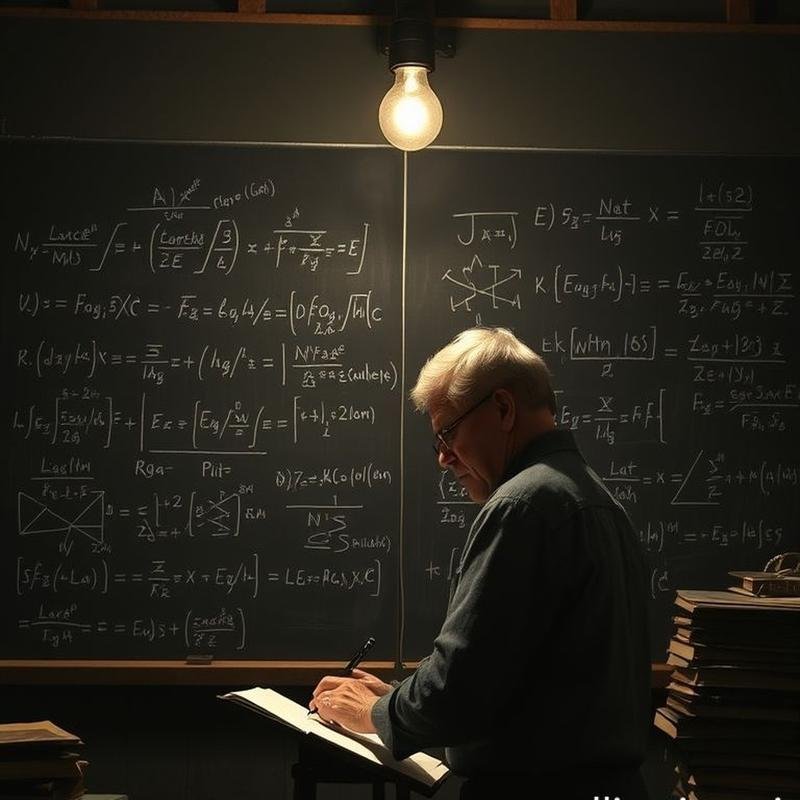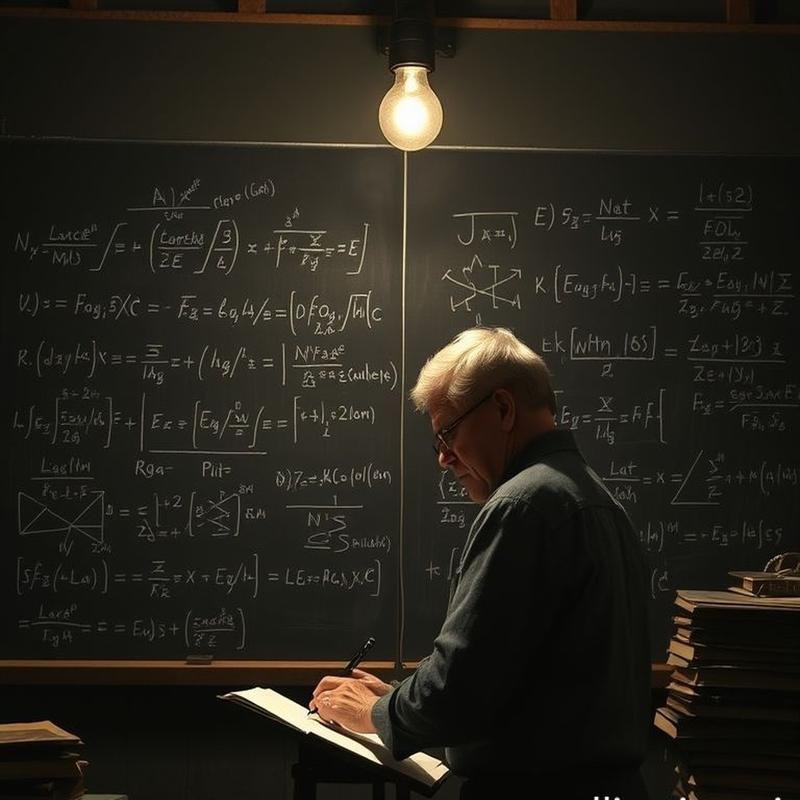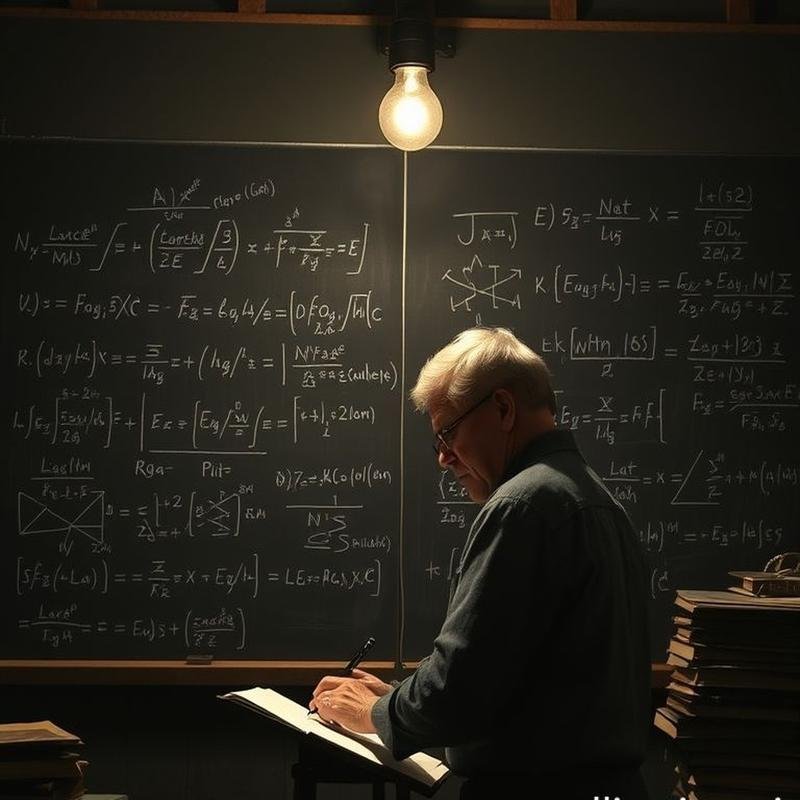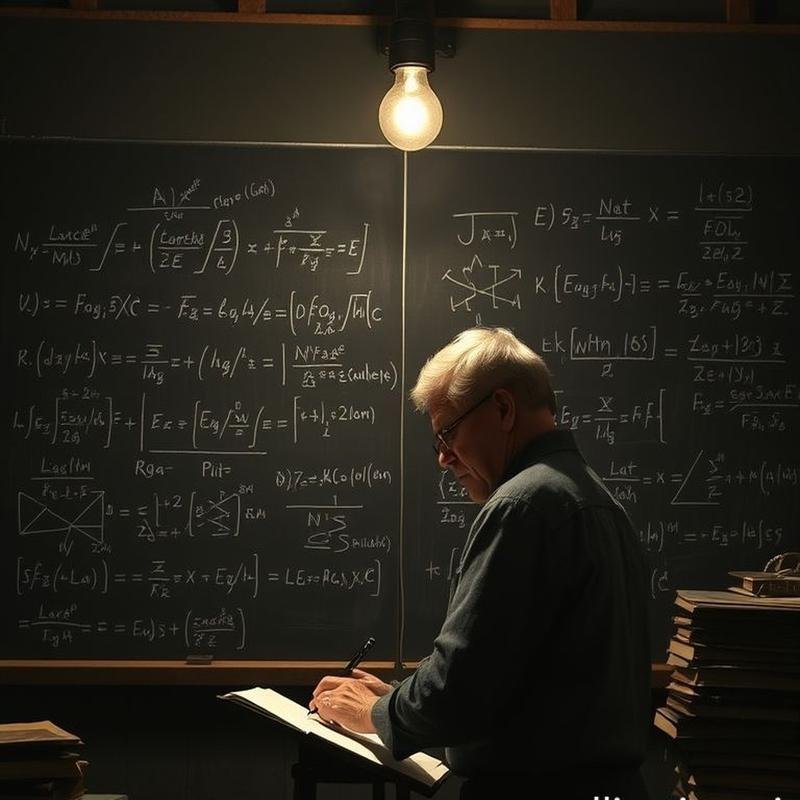Cybernetics: Could it unlock the enigma of consciousness?

Cybernetics & Consciousness: Can Machines Understand the Mind?
Can inanimate machines, programmed with numerical language, truly decipher the complexities of human consciousness? Join us on an exploration into the core of the mind, where rigorous logic encounters profound mystery. This documentary delves into the field of cybernetics to examine its attempts to unlock the secrets of consciousness. Will we succeed in unraveling this age-old enigma, or will we inadvertently unleash an uncontrollable force?
Before we embark on this compelling investigation, share your initial expectations in the comments below. And to accompany us on this fascinating intellectual journey, subscribe to the Documentary Channel.
What is Cybernetics?
But what exactly is cybernetics? Envision a world where biology and machinery converge, where control and regulation extend beyond living organisms to encompass automated systems. This is the essence of cybernetics.
In 1948, Norbert Wiener introduced this term in his seminal work, drawing inspiration from the ancient Greek word for helmsman or governor. Cybernetics, in its simplest form, is an interdisciplinary science that explores how systems self-regulate, establish constraints, and realize their potential. It is the science of information, feedback, and control, applicable to both the human body and robotic systems.
A fundamental principle of cybernetics is negative feedback, the mechanism by which a system adjusts its behavior based on state information, thereby maintaining stability. Consider the air conditioning system in your home, or the intricate temperature regulation system within our bodies.
In the 1940s, scientists like Warren McCulloch and Walter Pitts pioneered neurocybernetics, employing mathematics to describe neuronal function in the brain. The subsequent Macy conferences provided a forum for leading experts from diverse fields to discuss the applications of this nascent science and contribute to its establishment as a distinct scientific discipline. Cybernetics, therefore, serves as a bridge connecting biology and machinery, mind and matter.
The Puzzle of Consciousness
However, before exploring how this framework can illuminate consciousness, we must first confront the nature of the puzzle we seek to solve. What is consciousness? This question has perplexed philosophers and scientists for centuries. Let us examine some of the prominent theories in this field.
We begin with Integrated Information Theory (IIT), developed by Giulio Tononi. Consider any system. The greater the information a system can integrate and process, the higher its level of consciousness. In essence, consciousness is directly proportional to integrated information.
Next, we consider Global Workspace Theory (GWT), proposed by Bernard Baars. Imagine the mind as a grand theater, where ideas and information compete for conscious awareness. The information that prevails becomes conscious and available for processing and action.
However, this leads to the hard problem of consciousness, a concept eloquently articulated by philosopher David Chalmers. Even if we decipher the complex neural mechanisms underlying consciousness, the fundamental question remains: how do we explain the subjective experience itself? Why do we specifically experience this distinct feeling of being conscious? This is the core challenge. Ned Block further distinguishes between phenomenal consciousness – the unique subjective experience – and access consciousness, the information available for cognitive processing. Can a machine one day possess true phenomenal consciousness?
Artificial Neural Networks and the Mind
Now, let us boldly ask: can artificial neural networks provide insight into this unknown realm of the mind? In 1958, Frank Rosenblatt laid the foundation for this field with the invention of the Perceptron, the first rudimentary model of an artificial neural network. Then, in 1986, the backpropagation learning revolution commenced, paving the way for deep neural networks.
What capabilities can these networks achieve? For example, AlexNet dominated the prestigious ImageNet competition in 2012, while AlphaGo stunned the world by defeating the world champion in the complex game of Go in 2016, demonstrating its superior ability to solve complex problems. A groundbreaking study conducted at MIT in 2020 indicates that neural networks can effectively mimic certain cognitive processes, such as facial recognition and sound decision-making. However, deep understanding and self-awareness remain elusive goals.
While deep neural networks are impressive, can they truly penetrate the veil of consciousness? This brings us back to the hard problem of consciousness posed by David Chalmers: why do physical processes give rise to subjective experiences, such as our sensation of the redness of red? These subjective experiences, or qualia, resist reduction to mere data.
John Searle’s Chinese Room argument further complicates the issue. Imagine an individual confined to a room, processing Chinese symbols without any comprehension of their meaning. Does this imply that the individual understands Chinese? Searle emphatically argues no, emphasizing that processing symbols alone is insufficient to produce understanding or genuine consciousness.
The human brain, with its intricate neural network of 86 billion neurons, presents a formidable challenge. Some believe that consciousness is an emergent property of this immense complexity, yet even Yann LeCun of Facebook candidly admits that constructing a conscious machine remains a distant prospect. Furthermore, Integrated Information Theory, which links consciousness to the amount of integrated information a system can process, faces the difficulty of quantifying this measure in complex systems. Can we truly replicate subjective experience, or are we confronting fundamental limitations in simulating consciousness? Are we pursuing an illusion?
The Convergence of Cybernetics and AI
Here, the collaboration between cybernetics and artificial intelligence emerges as a promising partnership, illuminating pathways for exploring consciousness. The Human Brain Project, with its ambitious initiative to simulate the brain, embodies this fruitful convergence. The goal is not merely to replicate the complex physical structure, but also to understand how billions of neurons interact to produce thought, feeling, and self-awareness.
The connectome, a comprehensive map of brain connections, represents a pivotal milestone. By analyzing these complex and interconnected networks, we hope to uncover the hidden code that links neural activity to unique subjective experience. In this context, Integrated Information Theory provides a robust mathematical framework for understanding consciousness, and is being explored in depth through advanced computational models supported by artificial intelligence.
Artificial neural networks are bringing us closer to simulating the human mind, but have we carefully considered the implications of this progress? Imagine machines that not only think but also feel, and perhaps one day demand rights. In 2017, the European Parliament proposed granting electronic personhood to intelligent robots, sparking an existential debate about the responsibilities of these entities and the limits of their legal rights.
But is it reasonable to expect a machine to adhere to ethical standards? According to a Pew Research Center poll, 56% of Americans believe so. But what if these machines surpass our mental abilities? Stephen Hawking, the renowned physicist, warned in 2016 that full artificial intelligence could signify the end of the human race.
Amid this intense debate, Saudi Arabia granted citizenship to the robot Sophia in 2021, raising profound questions about the concept of citizenship in the age of artificial intelligence. The Institute of Electrical and Electronics Engineers (IEEE) has endeavored to establish an ethical framework for the development of artificial intelligence, but the question remains: can we truly control a force that may exceed our comprehension?
As we witness this accelerating convergence of humans and machines, possibilities emerge that transcend the realm of science fiction. By 2049, futurist Ray Kurzweil predicts that we will reach the point of technological singularity, the critical juncture when artificial intelligence surpasses human mental capabilities. This achievement opens the door to the possibility of merging human minds with machines, a radical transformation that will redefine our understanding of existence.
In a related context, the Russian Initiative 2045 has set the ambitious goal of creating the first artificial body free from death by 2045. Imagine transferring human consciousness entirely into a non-biological vessel; an idea that seems like a bold leap from the pages of science fiction into tangible reality.
However, these forward-looking visions are not without inherent risks. Dr. Susan Schneider, a philosopher researching artificial intelligence, cautions that the future of consciousness lies in the precise synergy between biology and technology. She emphasizes the dangers of over-reliance on artificial intelligence, without seeking a deeper understanding of the essence of human consciousness itself.
As massive global investments continue to flow into brain and consciousness research, investments projected to exceed $100 billion by 2050, the frantic race to understand, and even replicate, human consciousness intensifies. But the fundamental question remains: can this complex puzzle, with all its secrets, be reduced to a mere series of calculations?
Here, philosophical opinions diverge into two opposing camps, as if we are witnessing a heated intellectual duel. On one side, some, led by Daniel Dennett, believe that consciousness is merely an illusion, or rather, a complex assembly of algorithms operating within the brain. Conversely, David Chalmers raises the hard problem of consciousness, emphasizing that we have yet to answer the most crucial question: why does subjective experience exist at all? Why do we feel things, and experience them with all our senses, instead of simply processing them as abstract information?
This debate leads us directly to the famous Turing test, proposed by Alan Turing in 1950. Can a machine think? Turing simply answers: if a machine can deceive us and make us believe that it is human, does it truly matter whether it actually thinks or not? However, John Searle, through his influential thought experiment, the Chinese Room, challenges this notion, pointing out that merely processing symbols does not necessarily equate to true understanding or deep consciousness.
With the astonishing progress of Moore’s Law, and the accelerating pace of doubling computing power, the question echoing in the corridors of science and philosophy becomes increasingly urgent: can a machine think? This pivotal question, which resonates in our era, finds its most compelling answer in real-world and stunning case studies. Let’s move beyond abstraction and delve into concrete examples that embody the










